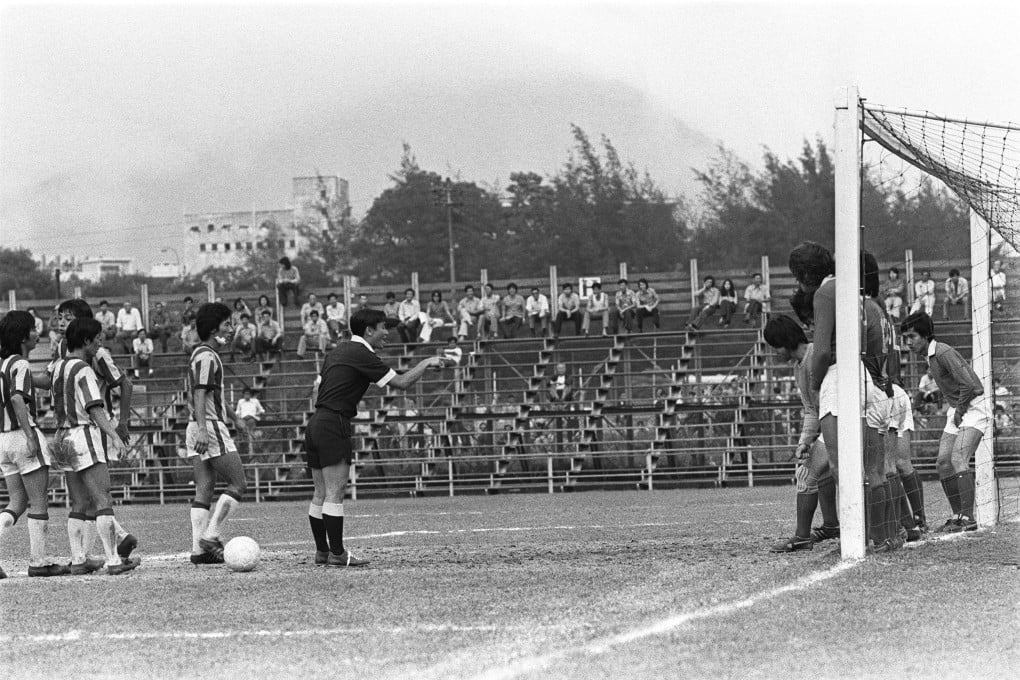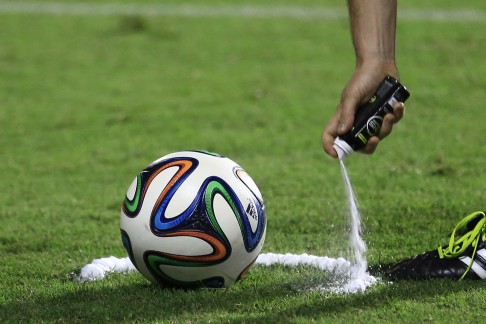The Rational Ref | Referees can exercise discretion on free kick ball placement
Match officials can exercise discretion depending on whether the side taking the kick is attacking or defending

Give them an inch and players will always take a mile, especially where free kicks are concerned. Strangely, referees can sometimes be lax about where play restarts, but will also demand absolute precision in other areas of the pitch.
At face value, this lack of consistency appears to be a problem, but here's the real truth why referees may or may not stick to precision on where free kicks should be taken.
Whenever there is a foul against the defending team near their goal line, referees permit the ball to be placed up to six yards from the goal line. This is exactly the same principle for goal kicks and free kicks awarded inside the goal area. Therefore in keeping with the spirit of this principle, referees allow a six-yard leeway in favour of the defending team.
When free kicks are awarded in attacking areas, referees become less thrifty with yardage allowance
Moving further up and away from the penalty area, free kicks around the defensive third may be given a leeway of about four yards. Here, taking free kicks due to fouls and indirect free kicks for offsides can lack precision by several yards.
Since it is highly unlikely that teams in their defensive third will shoot at goal or launch a fast counterattack, smart referees are not too fussed about accurate ball placement located way behind the halfway line.
However, when free kicks are awarded in attacking areas, referees become less thrifty with yardage allowance.

Free kicks about 40 yards from goal or around the halfway line are given a leeway of a couple of yards. This is because fouls in this area are usually tactical and made by players who are buying time for their teammates to get back and organise themselves defensively.

